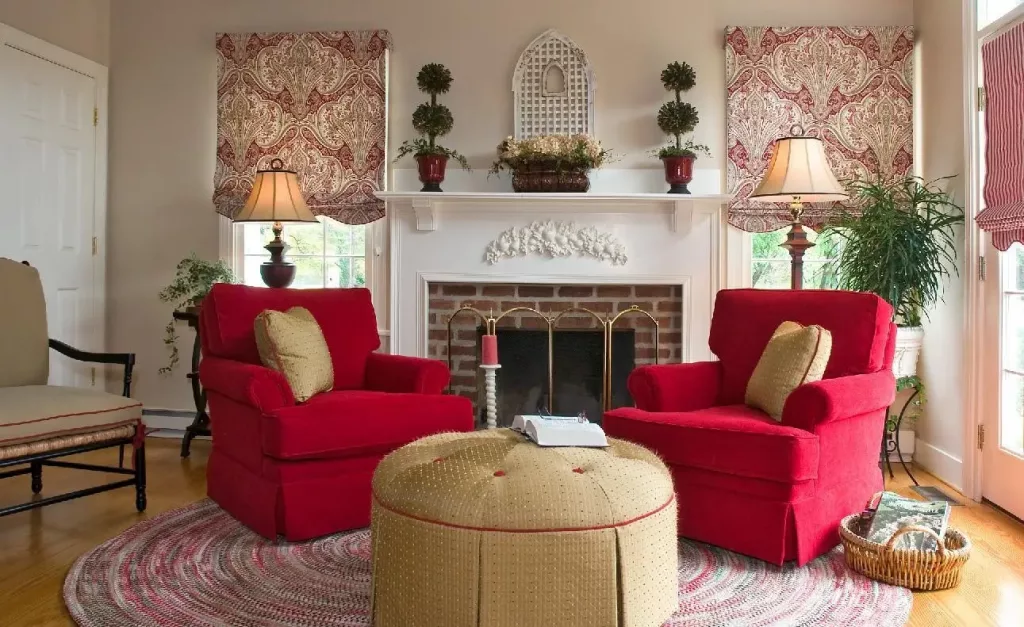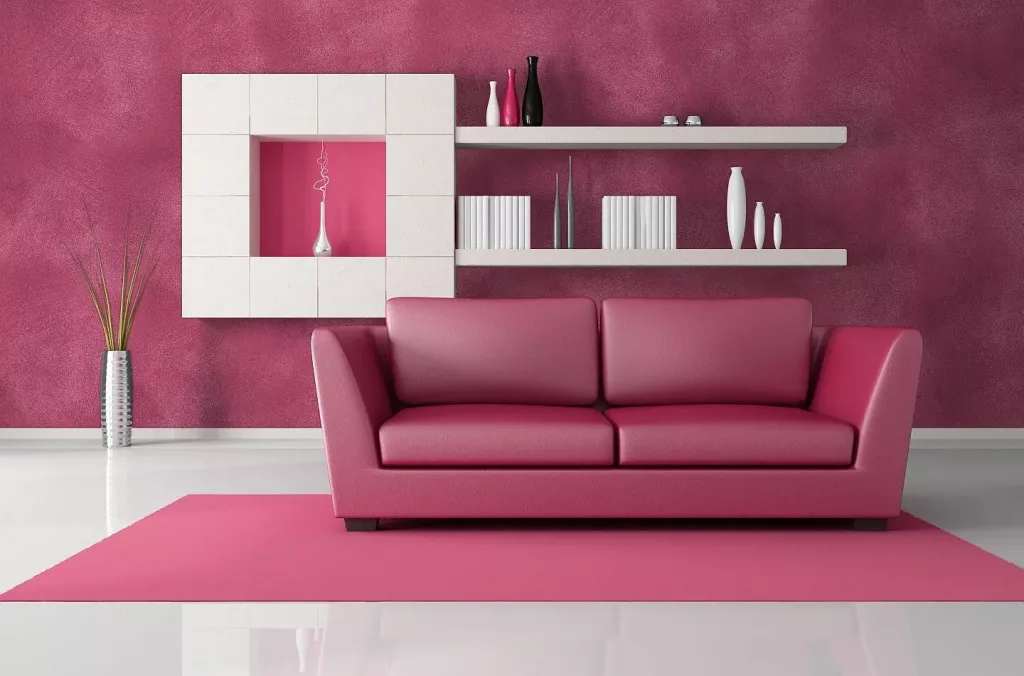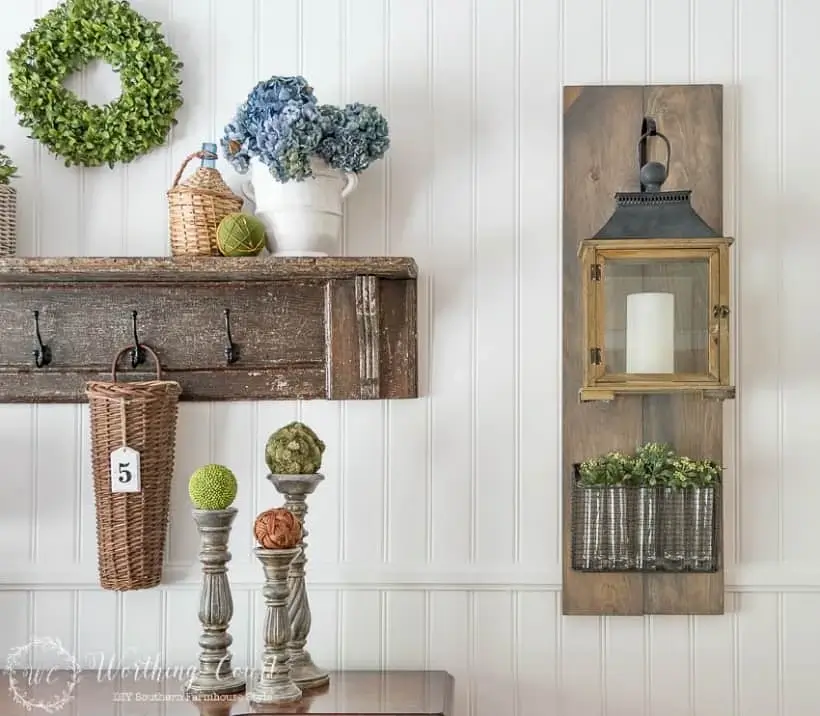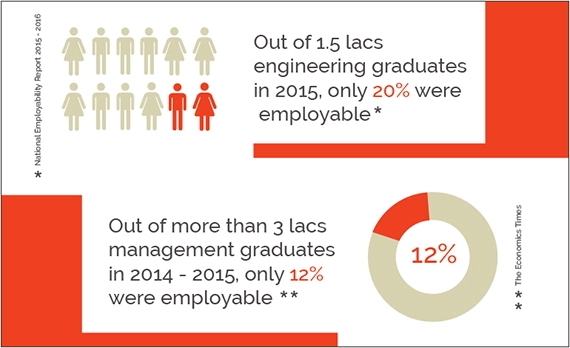Every design and every conceptualization cannot be possible without the use of some guidelines such as principles and elements of design. These are tools or pathways in which one can equip themselves with sufficient knowledge in order to venture into designing for clients, or an organization, or for anything for that matter.
When we say Interior design of a house, it has to be lively and personal. So, in this article, I’m going to list out a few principles for interior design and look at how we can use these tools for our benefit. It can transform the space and make it look like it is put together perfectly.
Make your designs in such a way that it shows that you didn’t try hard to do something that is different and unique. A simplistic approach always comes in handy.
7 ELEMENTS IN INTERIOR DESIGN
- Balance:
Balance is all about creating equilibrium in a space so that it is cohesive. We do this all the time in our own home. There are times where we change the placement of the chair or couch, hang a photo on a wall which is plain, re-arrange the dining table, etc.
Even without any interior designing knowledge, all we are trying to do is create balance in our living space.
Balancing can be done not just through arranging physical objects. Even changing the interior colour of the wall or changing texture, adding a new colour carpet is balancing.
There are 3 types of balancing: Symmetric (which is the usual type which has exact components on both the sides), A Symmetric (which is made slightly out of balance intentionally to create a design sense and change the focus direction), Radial (which has a central point and every object will be arranged around it in a radial/circular manner.

- Harmony:
Harmony is when all the elements act and coordinate together seamlessly. It sort of renders peace in a place. A harmonious place is always relaxing and soothing. Harmony can be achieved through color palette, texture or various shapes and forms. You can also play around with sizes of physical objects to create a flow.

- Emphasis:
Emphasis is all about attention or point of focus. Let us say for example that there is a big white wall. Just plain white. And we placed a red dot, not even on the centre of the wall, but on any one corner, still our visual apparatu focus will be on the red dot.
Emphasis is like an anchor or interest point of a house. A fire place is a good example for emphasis.

- Rhythm:
In musical terms, rhythm is always about movement, or creating repition, something that creates an interest to a person. We can create repetition and movement by placing same colour objects within a certain interval. Any object, a hanging piece, wall poster or chair can be coordinated in such a way that our eyes follows a certain pattern thereby creating a rhythmic design.

- Proportion and scale:
Scale is in comparison with the other object, how big or small it is. Proportion on the other hand is the ratio of size with one part to another, that is if a really big and bulky wardrobe is placed in a small room, it will be out of proportion.Visually it will be really appealing if there are different shapes and sizes of elements within a living room or any interior. Even in our own home, couch is of one size, there will be flower vase near to couch which will obviously be smaller. These elements can create an interesting geometry.

- Detailing:
Attention to detail is something that many of us would have heard. The above 5 principles deal with the macro element of interior design. We spoke about scale, balance, couch, wardrobe all heavy duty stuff. Now, details are subtle and micro in nature. These micro details are carefully planned because once they look off, the whole space is going to look off. Many think that having a minimalistic approach means less details and less work. But it takes lot more effort to bring about detailing which is seamless. From the materials that we use to where it has to be there, everything has to be calculated perfectly.

- Unity:
Unity is when there is a positive relationship between the elements and principles of a living space. This is the ultimate aim for every interior designer is to maintain this in every project that they do. When you walk from one room to another, there should a sense of unity with different elements in the space.

KEY ATTRIBUTES
There are certain key attributes that can make sure that we use all the elements and principles in the right sense.
First is creativity. As a designer you are inspired by things around you. It is the creativity that combines complex imaginations and inspirations into a executable product. Even if you are well aware of all the principles, how you use it will define your success.
Secondly, you have to have a focus on effective communication. Let us say you are in a meeting with your client. You may have a wonderful design, but if the communication is not superior then it might fail. So, knowledge and ability to make this simple when you speak will take you far.
This is going to be an important point which is knowing about sustainable practices.
Almost every industry after covid-19 is gradually moving towards sustainability. So you have to be well versed establishing networks of suppliers and vendors of materials who are into sustainable methods of production. Also the design should facilitate sustainability concept. This can open you a whole new market segment and you can capture the niche.
Always be organized in your work. Follow the process, prepare before every project. Clarity in mindset should be absolute.
Be futuristic. Plan your designs ahead of time. Think how all these elements and principles be in the future. Will they remain the same or they are bound to change. Many so-called design rules have been broken, so you will never know what will change and when it will change. Having a futuristic vision will enable you to break your limitations and truly come up with something that is out-of-the-box.

DEVELOPING SIGNATURE STYLE
Signature style is a work that defines it is from you and by no one else. When you show a person a design, he/she should be able to tell that it is your work. For this to happen, you have to expand. There is a term called “diversification”. Diversify your portfolio in the initial days and try out different projects and styles. Try to figure out in which style you are able to do a lot of tweaking and making it in your own way. Don’t stop learning also. Accumulate knowledge and keep networking.
There are famous desingers who are known for specific type of designing. Follow them closely and see what they made different from the rest of the market.
The competition is getting stronger everyday, in every industry.
If a particular brand or a person doesn’t stand out from the crowd, he/she will never be seen.
Signature style is always personal. And you are always going to enjoy doing it.
There is also something called as “Transitional style” which is about collaborated our past with the present. That is, bringing back the traditional design aspects and mixing it with the modern style and making it contemporary. Many designers do this and it is also very trendy. Furthermore, the old traditional style is much more reliable and durable, kudos to those people who didn’t have the aid of technology but still built the most perfectly aligned geometric structures. These are seen throughout the globe and still awed upon by millions for its absolute marvel.
So, bringing back the old school way and contemporising will also give you a new scope and maybe even a new market to occupy.
ENDNOTE
The primary focus of this article is to get a perspective of what the principles of interior designing are. It is from the basic alphabets we can write a poem. Similarly, only you have a strong base of basic knowledge about the field you are into, then you can shift and mend ways according to your thoughts and creativity.
There is so much technological advancement in this field. Various softwares and other tools have been developed and it helping the designers and making their work much easier. It is time to put that into good use.
Publish your work online as well. It is important to send the work across to as many people as possible because you will never know you can get an amazing opportunity to showcase your skillset to the world!





